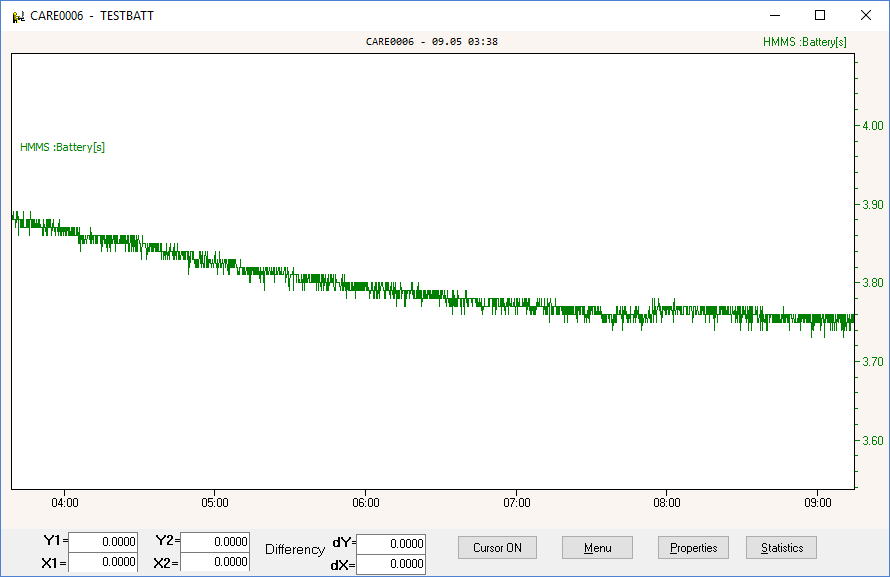Hello,
I am currently evaluating concepts on how I can power my nRF52832-custom-board with a LiPo-battery, in order to get a good tradeoff between lifetime and form-factor.
First of all, I came across this topic here, that states to never use a 3,7V-Li-Po-battery directly as power-supply due to its maximum voltage of 4,2V when fully charged. As far as I know pretty much every Li-Po-battery has a 4,2V-level at its charged-state, but only as long as there is no power-consuming-circuit attached. If you connect a component that draws current, then the voltage-level will immediatly drop from 4,2V to 3,7V while being in operation-state (open to corrections here!).
Now even those 3,7V exceed the recommended operation-conditions for the nRF52832, so I assume there needs to be some kind of regulation circuit integrated. Is it better to use f.ex. a 3,3V-voltage-regulator like the NCP161 or can you use just a simple shottky-diode/hot-carrier-diode with a 0,2V-forward-voltage? What about the suggested Torex XC9265 PFM-module (see link above) - does anyone have any experience with that?
Kind regards,
Ray



